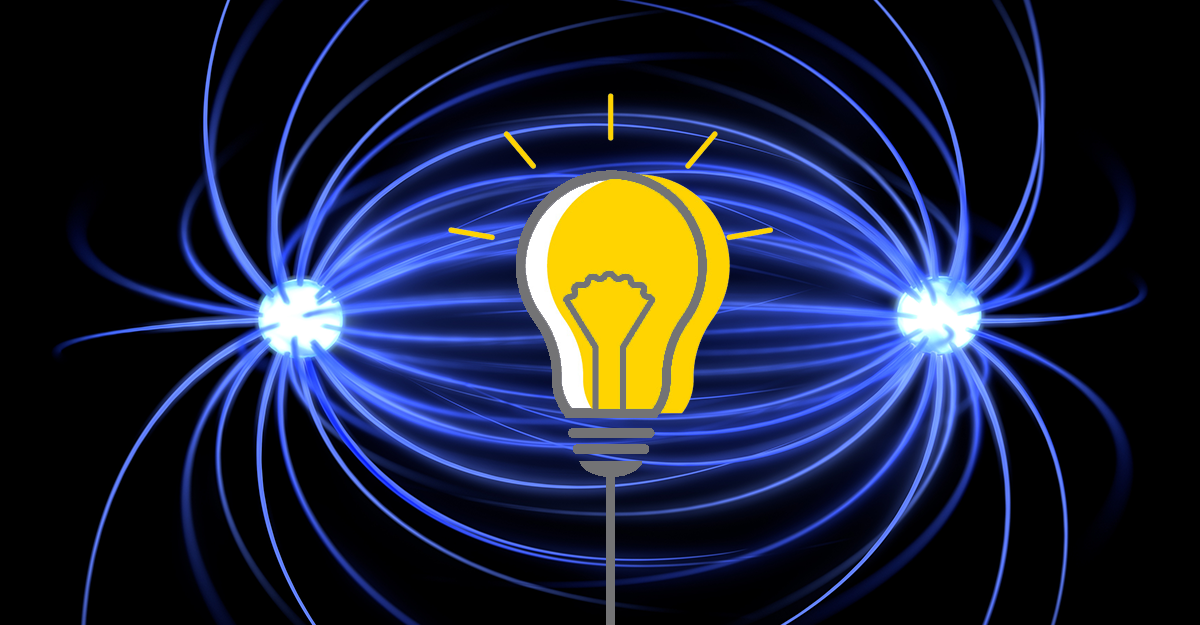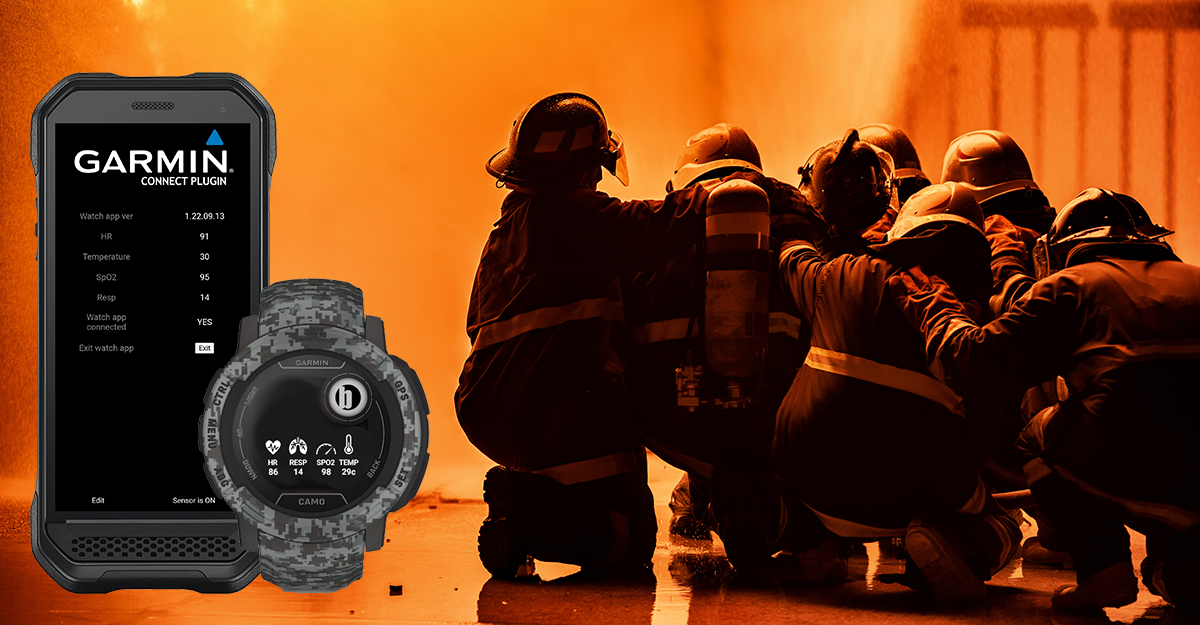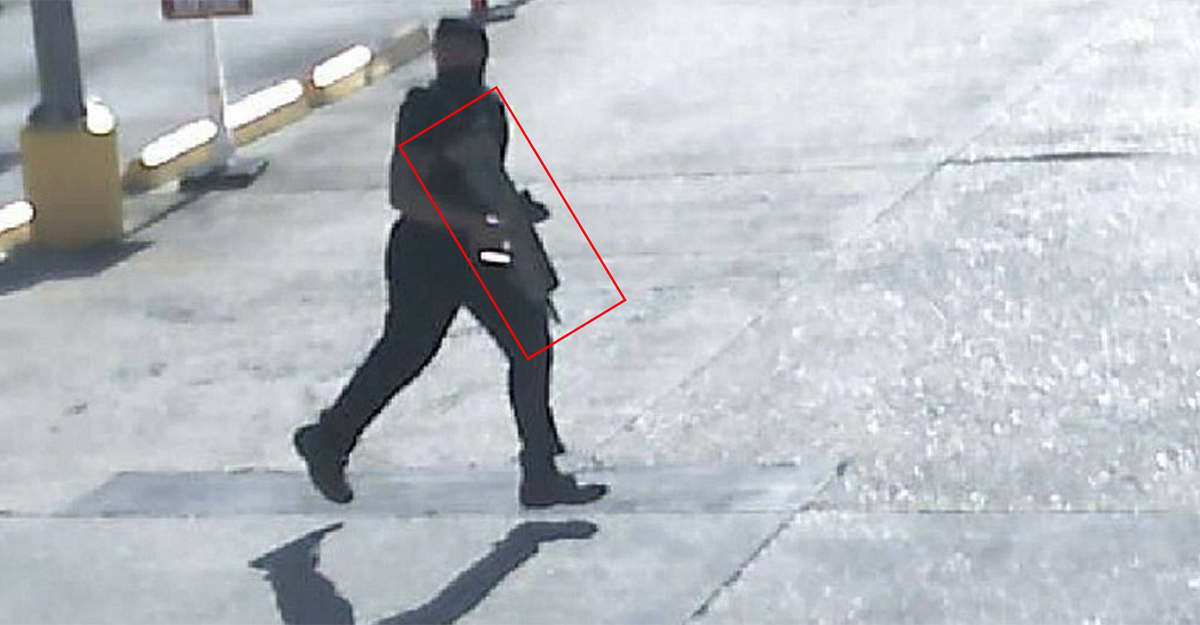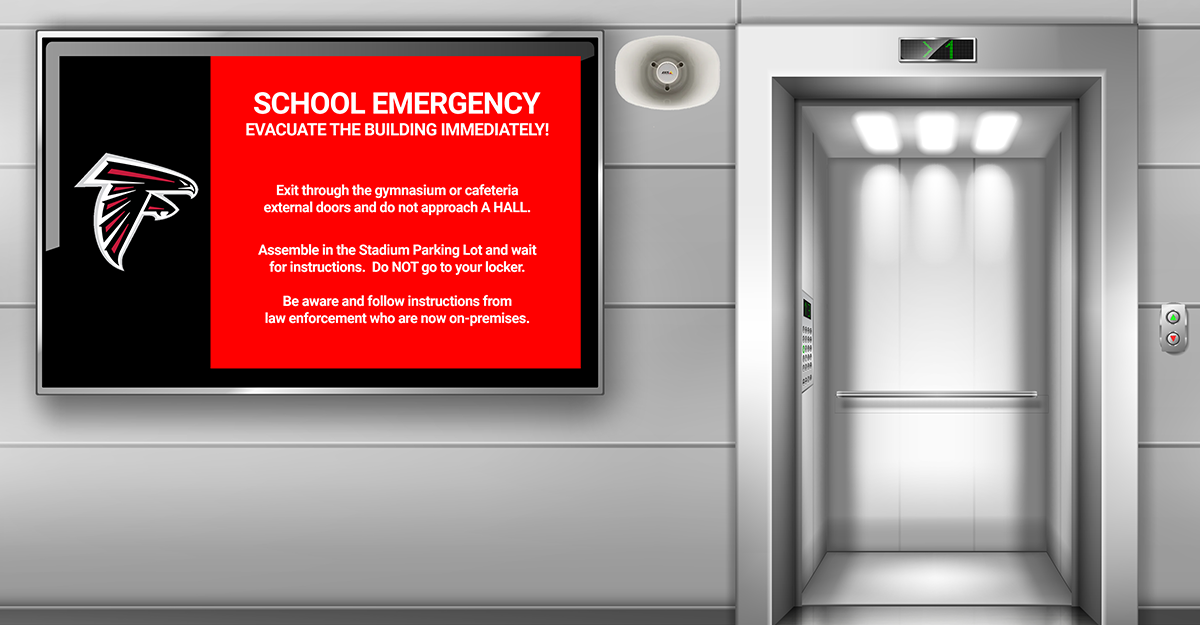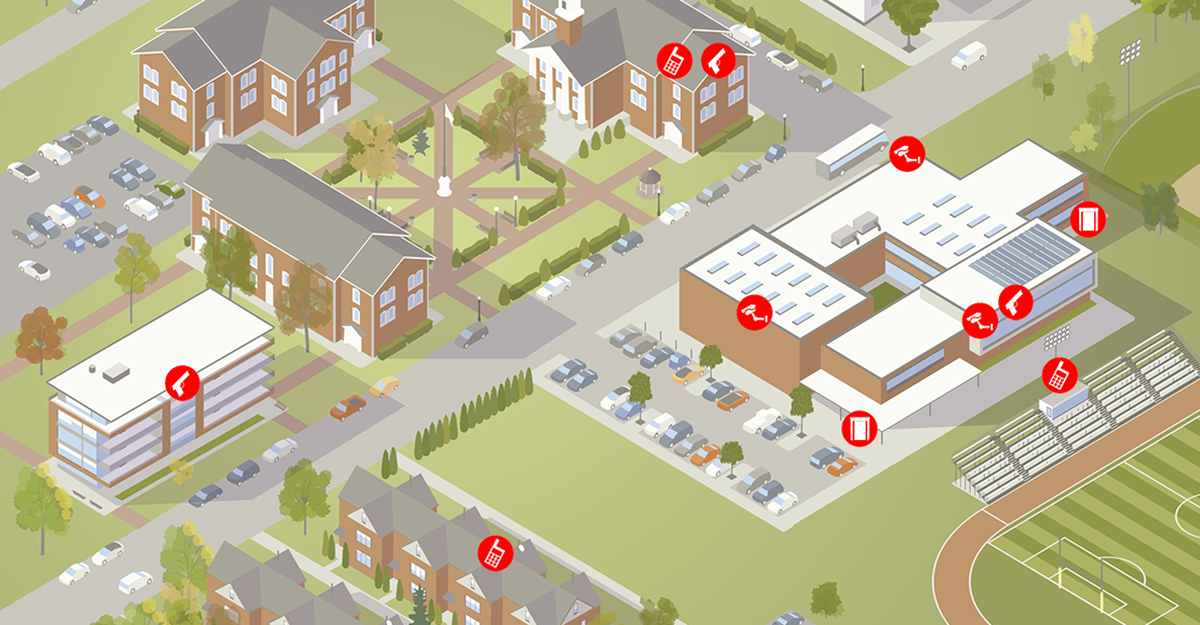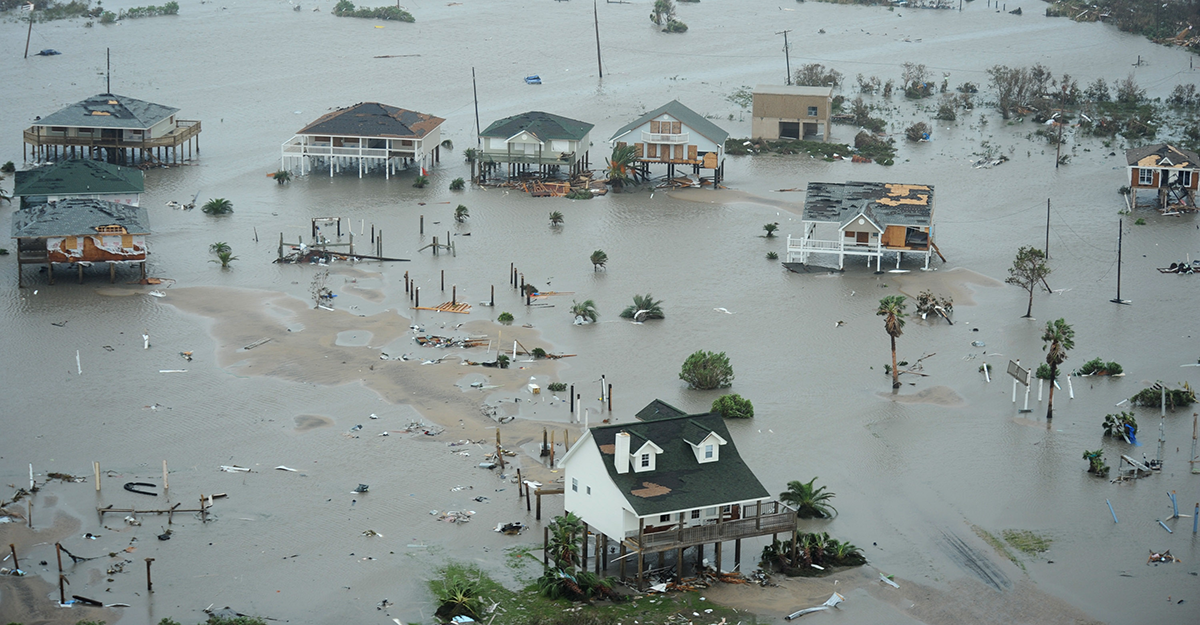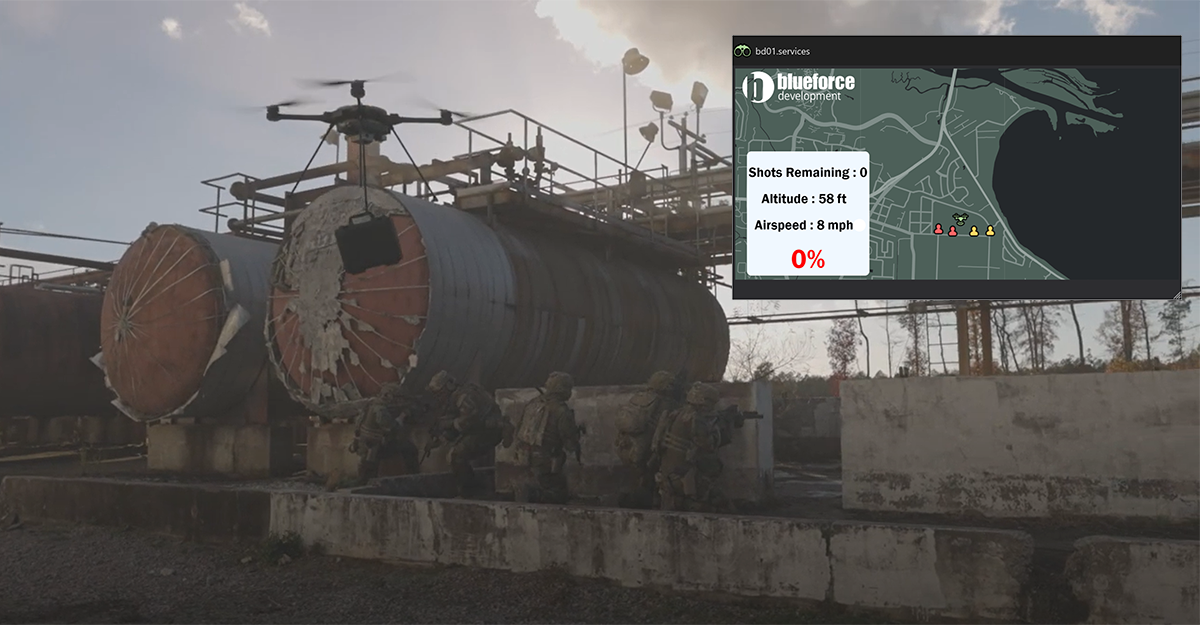With mass shootings on the rise in the United States, efforts to better understand, prevent and deter active shooter incidents are becoming the norm. There is now a heavy focus on helping organizations, agencies, and schools to implement change to prevent loss of life and decrease response time. Although every active shooter scenario varies, there is a similar pattern: the attacker gains access to a...
Read MoreThe 2022 Blueforce Texas Road Show
The 2022 Blueforce Texas Road Show gives you hands-on access to the latest in Public Safety, Safe Campus, and Autonomous Platform technologies. The Road Show kicks off Tuesday October 11, 2022 in Houston. For more information, click here…


